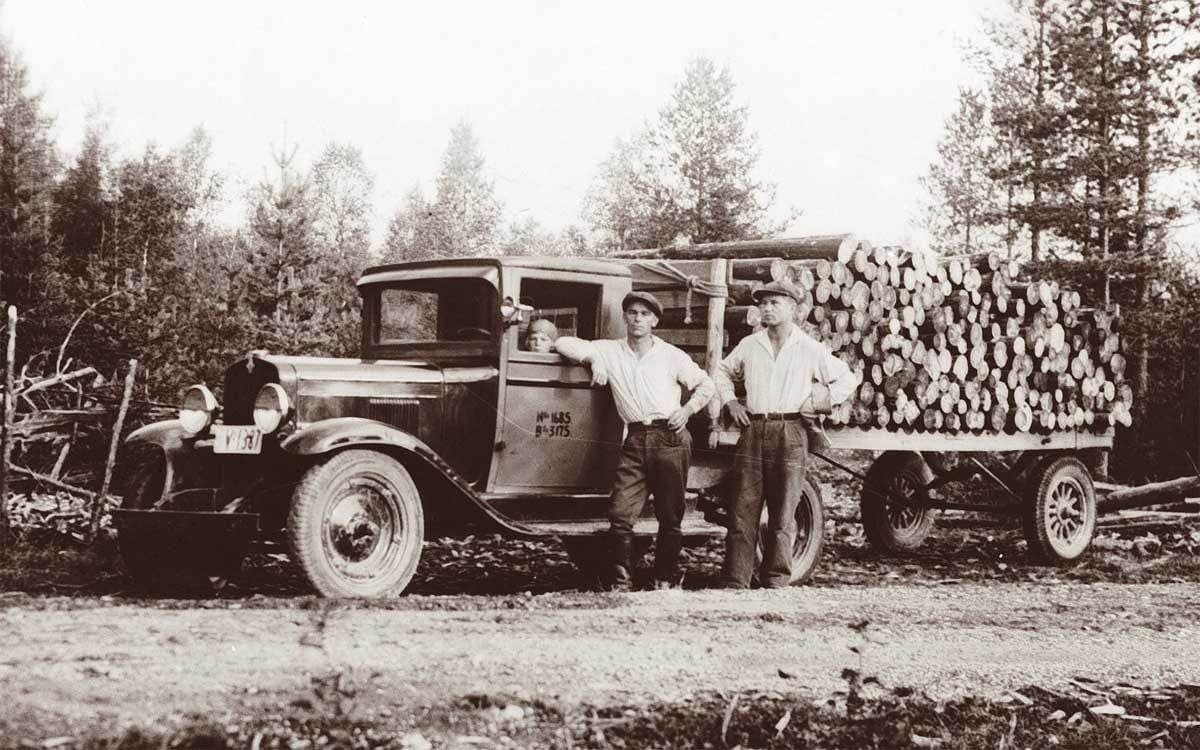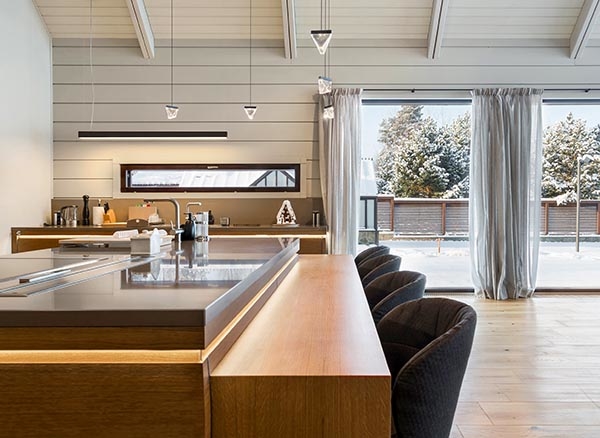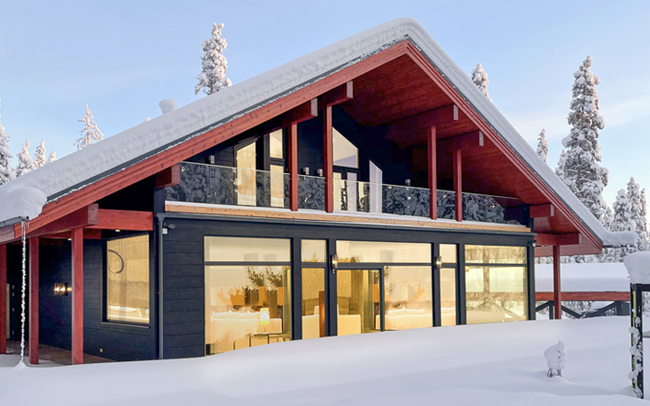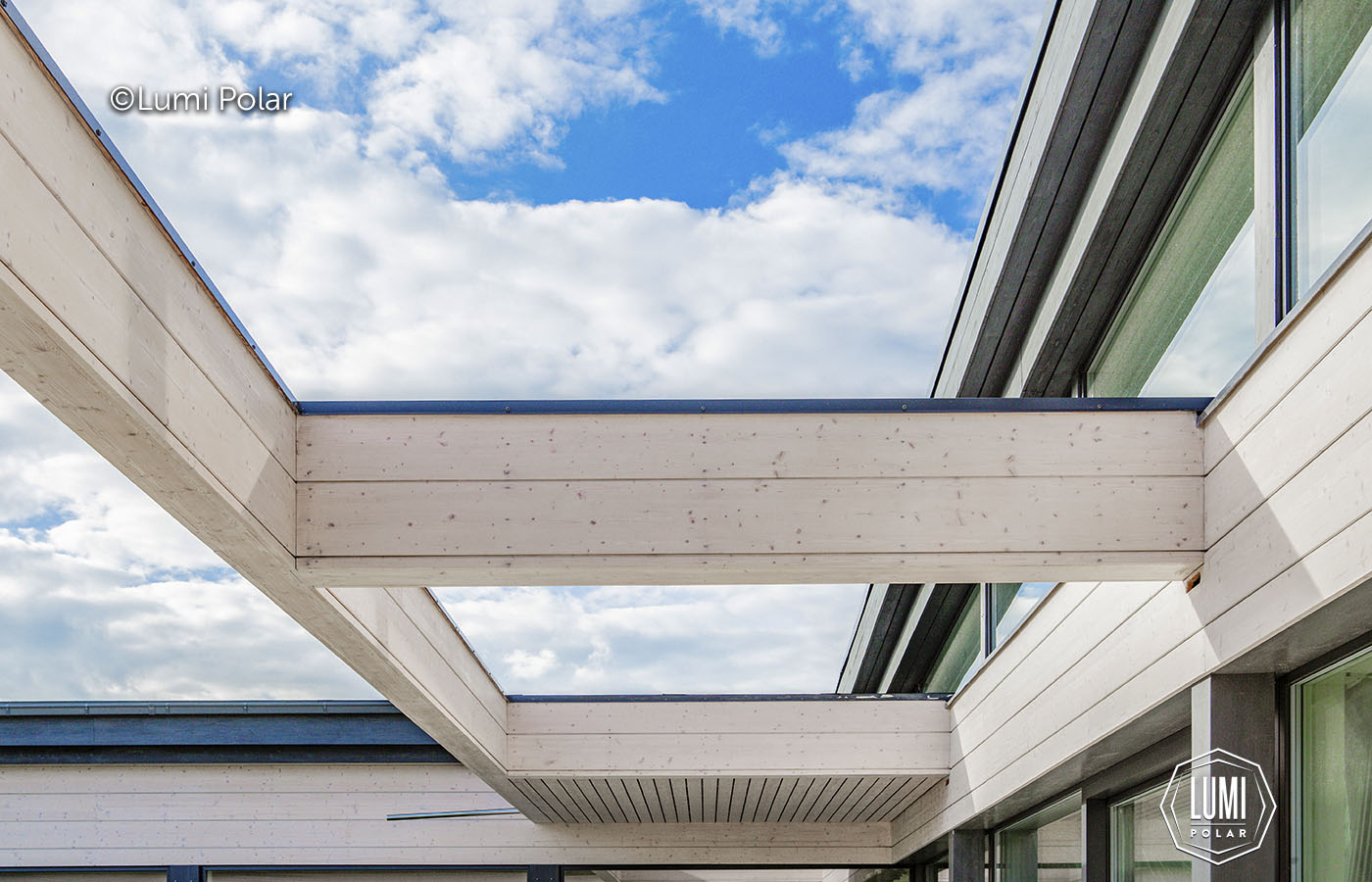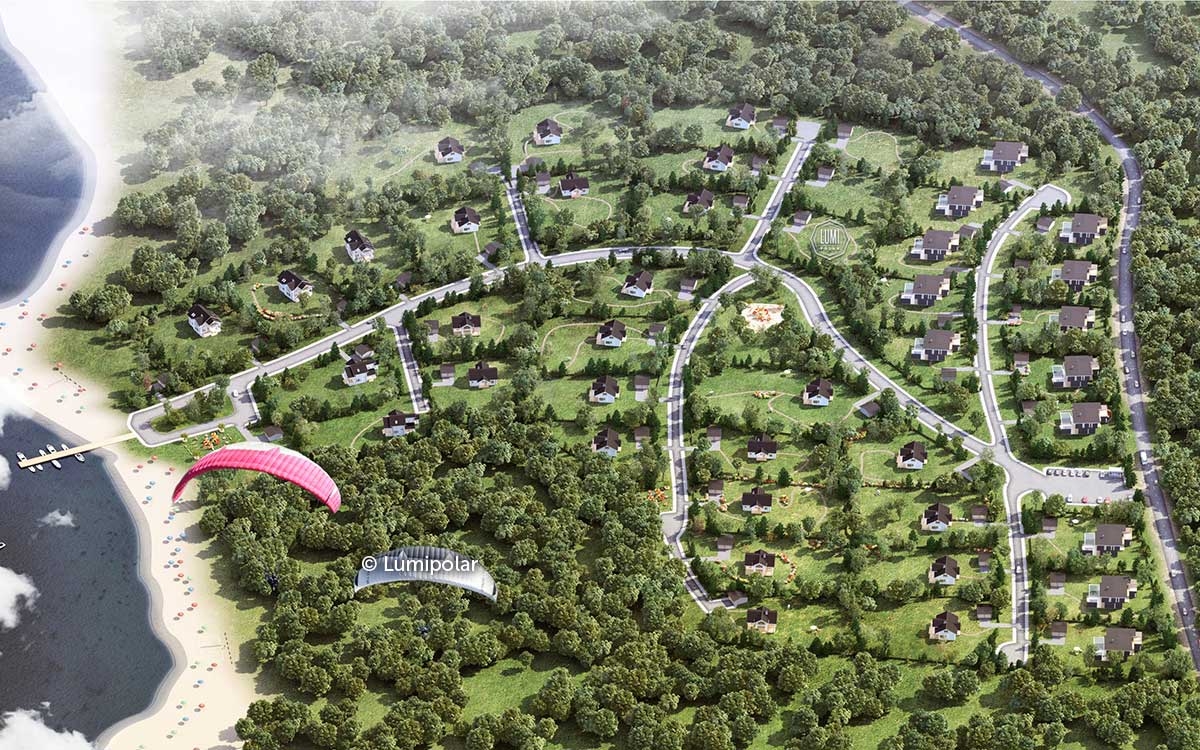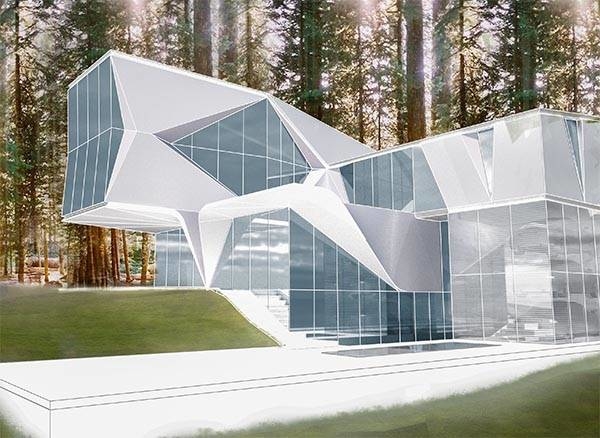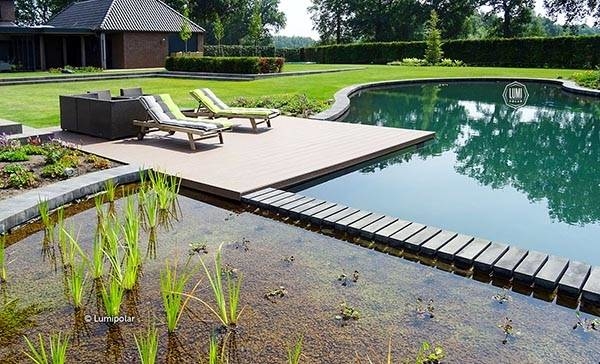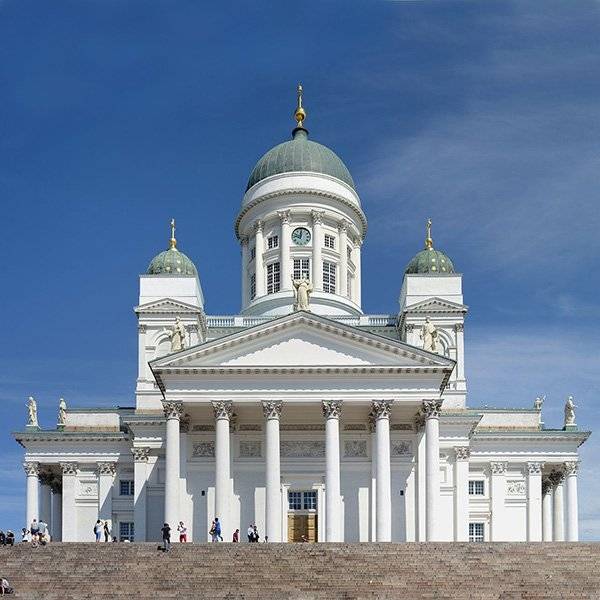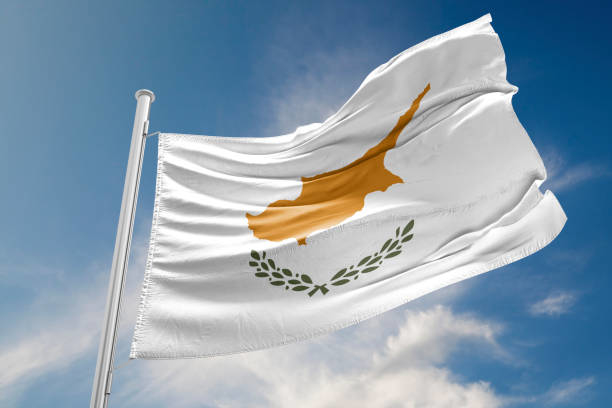One Should Catch His Luck By Himself
To get to this marvelous and harsh land, one has to survive a 7-hour-flight from Moscow or a 2-hour-flight from Vladivostok. A Lumi Polar team led by Timofey Mayorov spent two weeks in a place where a pristine wilderness remained untouched, where one does not need a mobile phone, and should take a gun when going outside as animals are not afraid of humans. It is a place where full-flowing rivers are packed with such fish as ling, grayling, northern pike, and taimen of course. We have already been to Yakutia three years ago, but the euphoria still remained with us during the whole trip. That was not just a cool trip. That was a true Adventure!

A complete version of a widely known saying by Lomonosov, a Russian polymath, scientist and writer, is: “Russia’s power will grow by Siberia and Northern Ocean and will reach major European settlements in Asia and America.” However, the most important in this quote was not the power, but the Northern Sea Route. Traditionally, Yakutia is associated with gold, diamonds, and fur-coats, but a true wealth of the region lies with its incredibly spectacular and generous nature and its remarkable potential. The largest constituent entity of the Russian Federation and the largest administrative territory in the world is 3,103.2 thousand sq. km. (about 1198 thousand sq. miles) in area. It covers not one but three time zones. More than 40% of the territory in located beyond the Arctic Circle. Just think about it: 700,000 rivers flow within the region. However, the total population here is less than a million people.
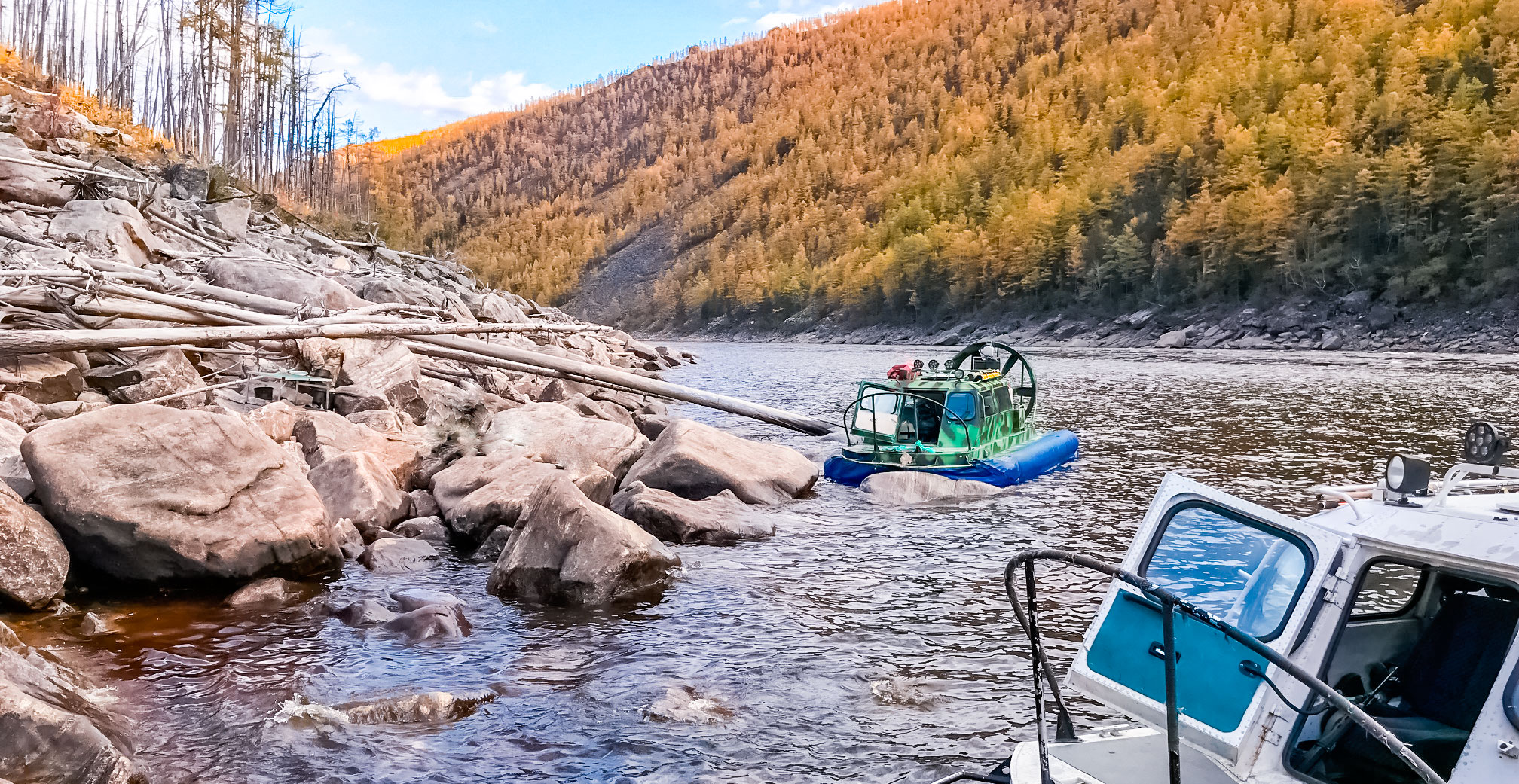
We started off in Neryungri, a town established by builders of Baikal–Amur Mainline, a Siberian railway line. Distances within the region are astounding: from the town to the starting point of our trip, the river Gonam, we had to fly by Mi-8 helicopter. People fly and arrive to this place from all over the world to enjoy this all-time beauty, run local rivers and do some fishing of course.
Taiga is for kilometers around us
We design and build houses in various countries of the world. We use machines and skilled labour. But in Yakutia, we stayed at Mishanya’s place, he is a hunter and fisherman who built his own wooden house all by himself. And not just the house, there are four wooden constructions. Right in the middle of Taiga, on the river bank. Our host accommodated us in a garret, right above the banya place. To get there, one has to crawl through a narrow manhole using a ladder. Nevertheless, it was rather comfortable to sleep in sleeping bags there, even without stoking the fire in the stove. By the way, stoves are a must-have thing in this area: a sunny and warm weather with temperatures of up to +18 degrees Celsius during the day changes to night frosts with -3 °C.
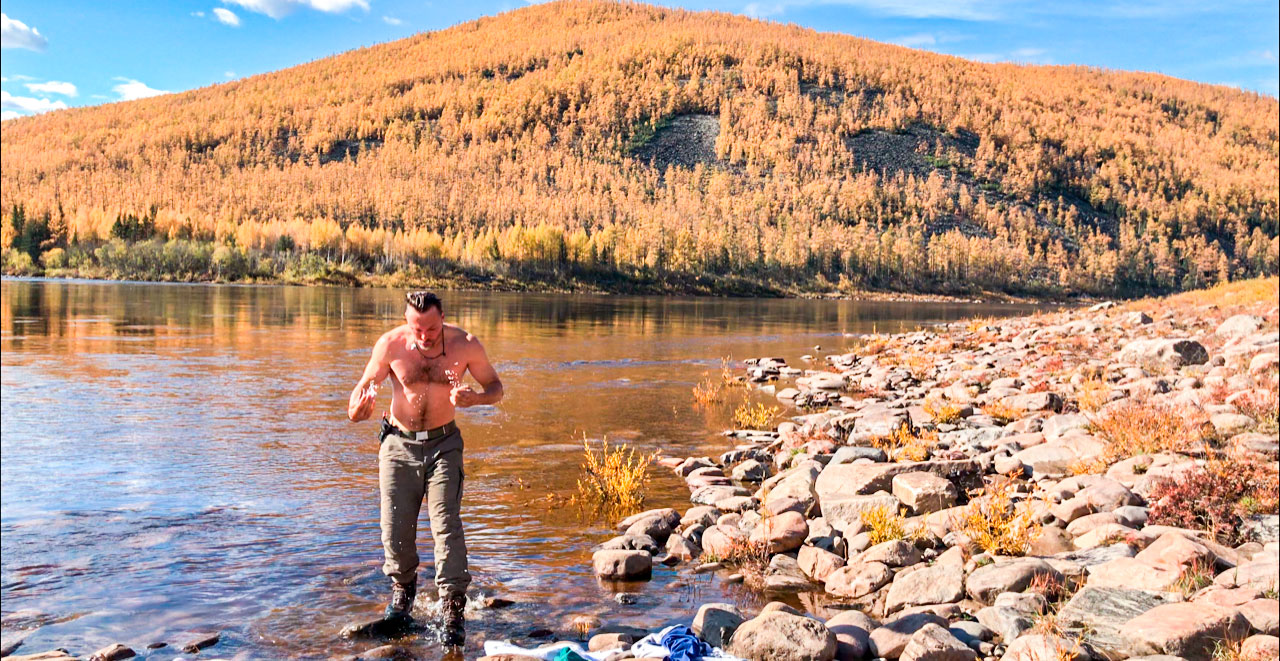
Refreshing morning washup and brushing the teeth in a ice-cold river water (with temperature of +3 °C), and cooking your breakfast with only what you managed to find or hunt yourself — that is how you do it here! Luckily, we could catch a lot: lenok, also called limba, grayling, and a breathtaking northern pike — the best-in-the-world fish soup is cooked from it!
In total, we went down the river as much as 1,500 kilometers (about 950 miles) in two weeks. We slept in guest houses, dugout shelters and aboard motor boats. We have been rising up by dawn’s early lights and listened the quick waters flowing. With that sound, a special calmness and inner peace comes to one’s soul. That was like this thousands of years ago, still is and will always be.
Wish you well, your Majesty!
To go 7.5 thousand kilometers (about 4.7 thousand miles) to hold taimen for less than a minute? Yes, that’s what we do! This fish is known to be a king among northern fish, and it is listed in the Red Book. The size of this salmon predator fish are amazing: by nine years old, this fish become over 2 meters (6.5 feet) long and weights from 60 to 80 kilograms (130–180 pounds). We know that someone caught the fish aged 55 years old in Yenisey river in 1944. Taimen sheds its eggs among fine pebble travelling hundreds of kilometers to do it and then going back into the deep waters. So we follow it.
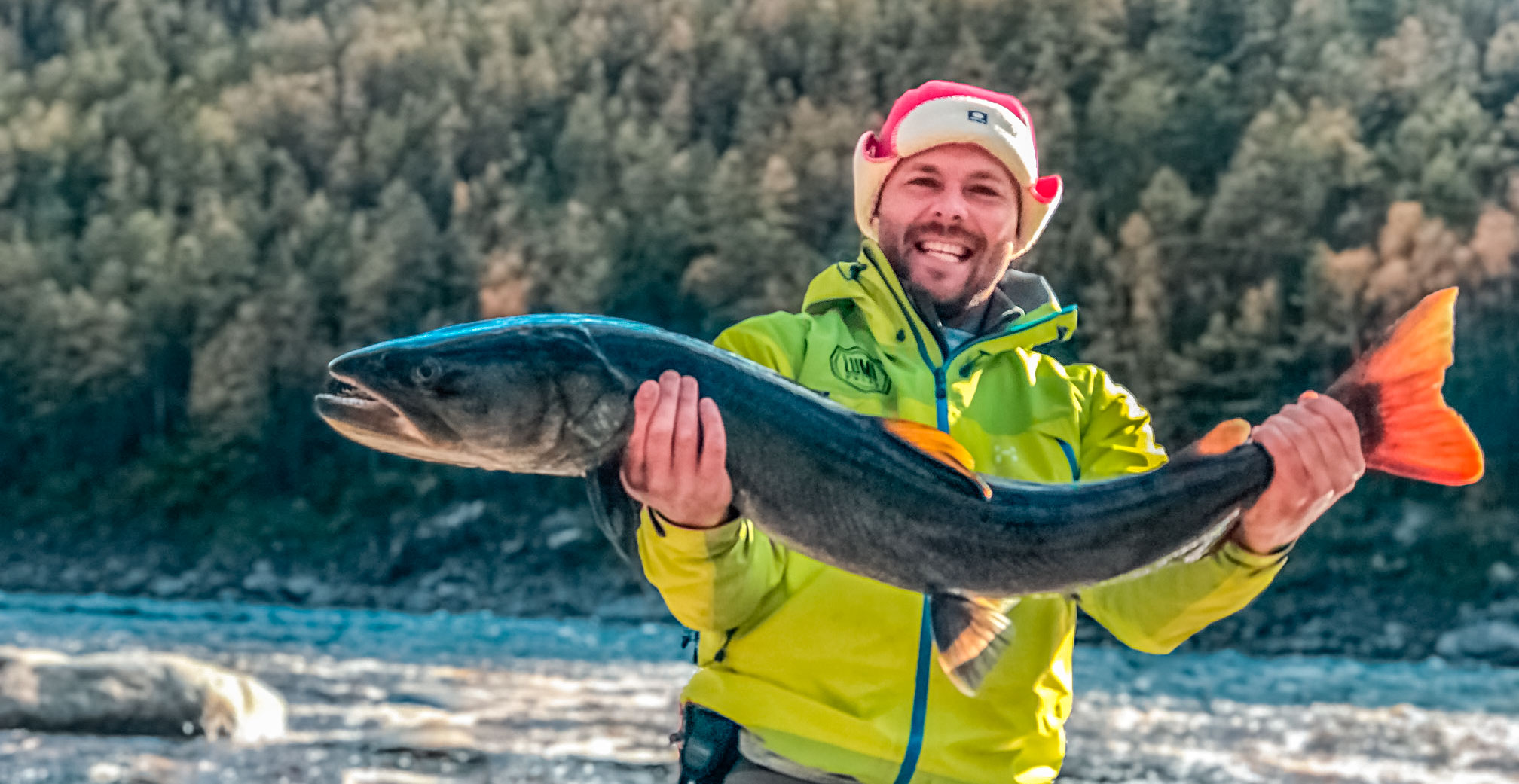
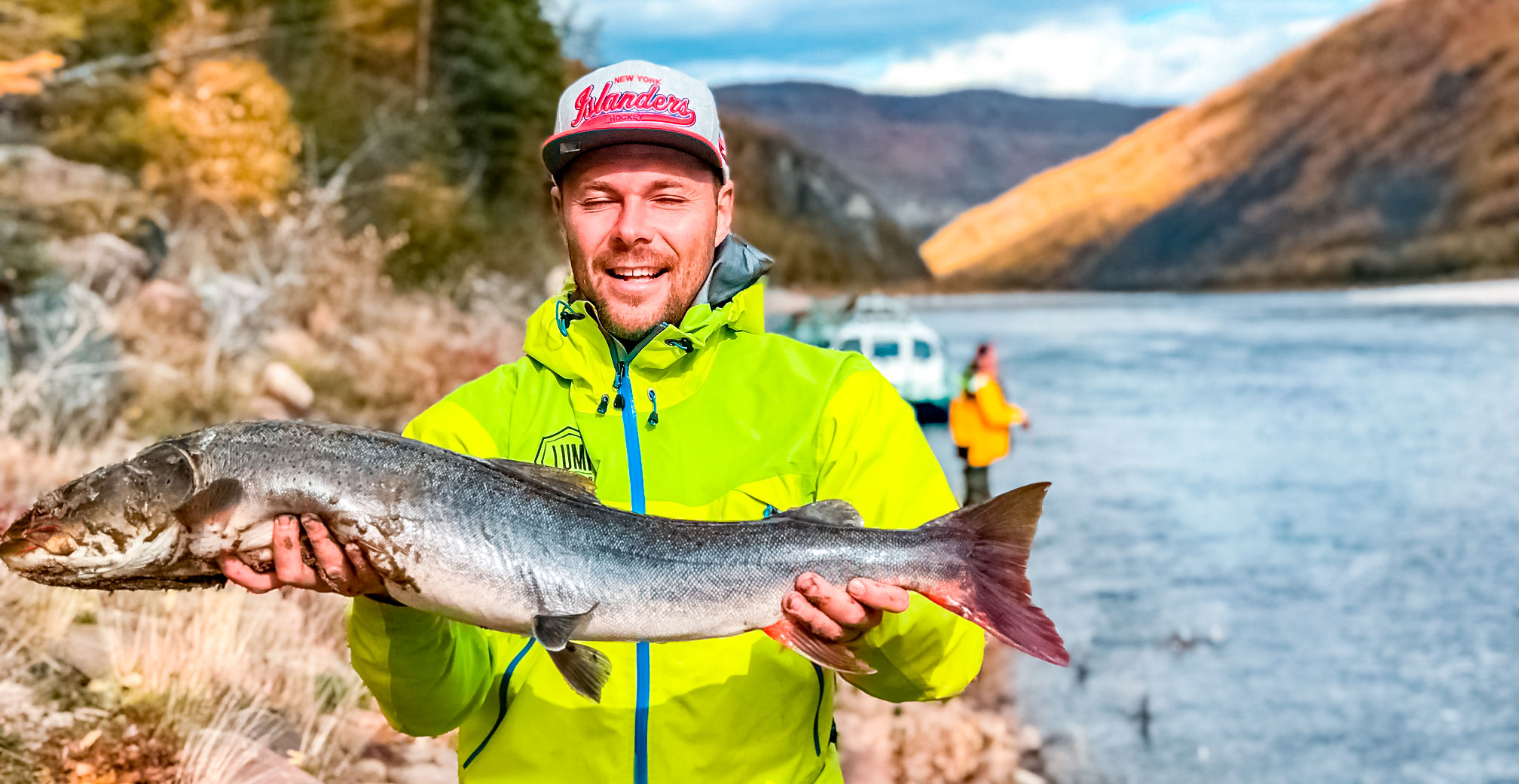
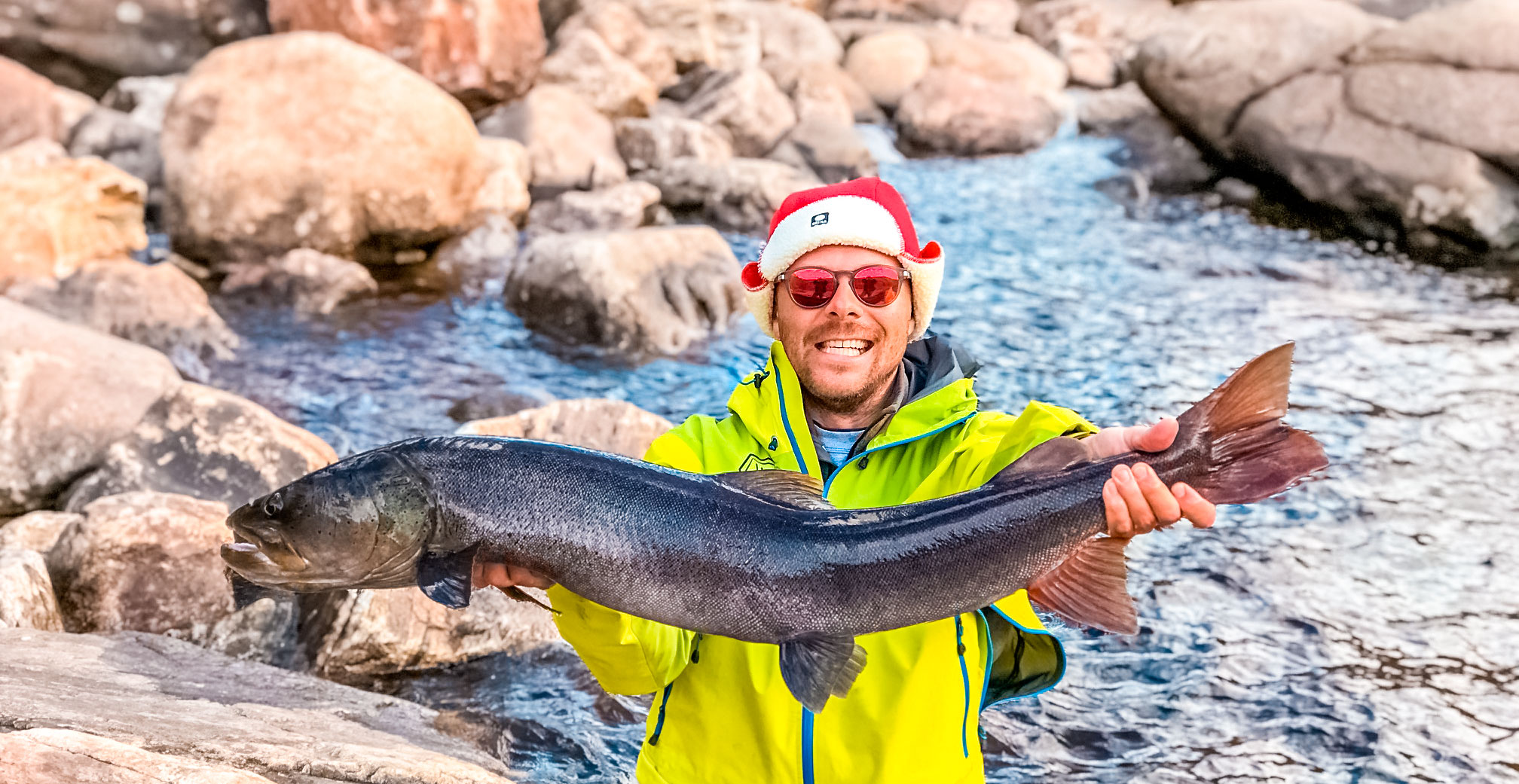
To catch the fish from the river bank, one should use a spinning rod, when fishing from a boat it is better to use a fishing mouse. Such mouse is made of wood and fell or cloth, many fishermen do it by themselves; it should be 10–12 centimeters (4–8 inch) long and weight 50–60 grams (0.11-0.13 pounds). No need to fix a tail or legs, the most important is to make sure that the mouse leaves “trailing” (waves) on the surface. It is better to use spoon baits, sound wobbler will also do.
We got lucky, the very first taimen we caught weighted 15 kilograms (33 pounds). We managed to make every fisherman’s dream come true: we got a trophy, a fish weighting as much as 25 kilograms (55 pounds). Just as we did in the previous trip here! By the way, both now and then we learned some tricks about how to hold taimen to take a proper picture with it, and how to revive it to let it go back in the river. However, we were in such a hurry that the fish felt well even without reviving, as we put it back in the water, it gave a wag of its tail, broke free and vanished. Swim, the King, swim, and stay well!
We kept silent all the way back to Neryungri airport in that warm day of the trip. We observed a clear-blue sky with rare small clouds, yellowish leaves flying around, and an unending loansome road with rare cars passing by. The place is full of inner peace and power. Farewell, Yakutia, wait for us and we will come back to you when we are tired of the hustle and bustle of the megapolis!
